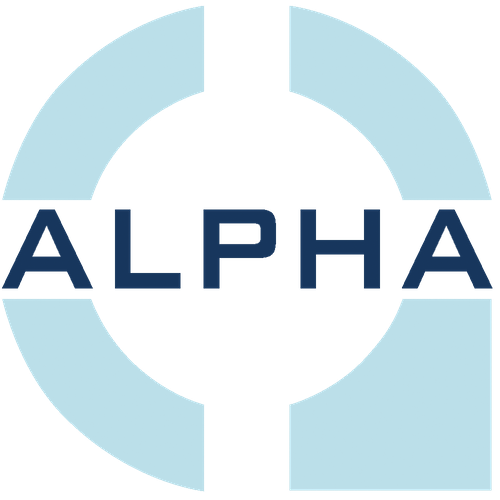System Planning & Studies
Services

Complex Challenges, Straightforward Solutions
It’s how we do things at Alpha Engineering, Inc (AEI). We take your complex challenges and turn them into workable, comprehensive solutions. Straightforward; cost-efficient; reliable solutions – based on the unique combination of our knowledgeable, experienced team of professionals; a deep understanding of each and every client; and the support of several different types of System Planning and Analysis options. These distinctive studies allow us to develop safe, reliable and efficient electrical systems, tailored to fit any company or facility needs.
SKM System Analysis, Inc’s Power*Tools®
Milsoft Utility Solutions’WindMil© and LightTable
ETAP®
DO NOT DELETE
Construction Work Plans
*RUS Bulletin 17240-101B, System Planning Guide, Construction Work Plans
Long Range Plans
**RUS Bulletin 1724D-101A, Electric System Long-Range Planning Guide
Load Flow Studies
Load Flow or Power Flow Studies are performed by applying numerical analysis to an electrical power system. The power system being examined is approximated or modeled so the numerical analysis can be performed. The models typically emphasize the real, reactive or apparent power rather than simply the voltage and current. Using computer analysis programs allows AEI to examine power systems in normal, contingency and proposed configurations.
Load Flow Studies make it possible to plan for future power system expansions and upgrades and can be used to determine the best operating practices for existing systems. The principal information obtained from the Load Flow Study is the magnitude and phase angle of the voltage at each bus and the real and reactive power flowing in each line.
Voltage Fluctuation Analysis
Voltage fluctuation studies allow predictions to be made about how new loads will affect the electrical system. If the new loads are expected to cause unacceptable voltage fluctuations to occur, then system improvements can be implemented prior to the new load being energized to avoid the unacceptable voltage fluctuations.
Fault Studies
Fault Studies are used to calculate the available fault current at any given point on the electrical system. The available fault current is the maximum current that can flow under the worst possible fault conditions. This data is needed to coordinate protective equipment, to ensure that equipment interruption ratings are not exceeded, and for Arc Flash Hazard Assessments.
AEI uses analysis software to perform Fault Studies. The analysis software uses symmetrical components for network analysis to determine fault data throughout an electrical system. These techniques permit any system configuration to be analyzed and permit multiple independent systems to be analyzed as a single study.
DO NOT DELETE
Protective Device Evaluation Studies
Coordination/Sectionalizing Studies
AEI uses analysis software to perform Coordination Studies. The analysis software provides graphical representations of the device coordination, as well as tabulated equipment information such as manufacturer, catalog number, size and settings.
